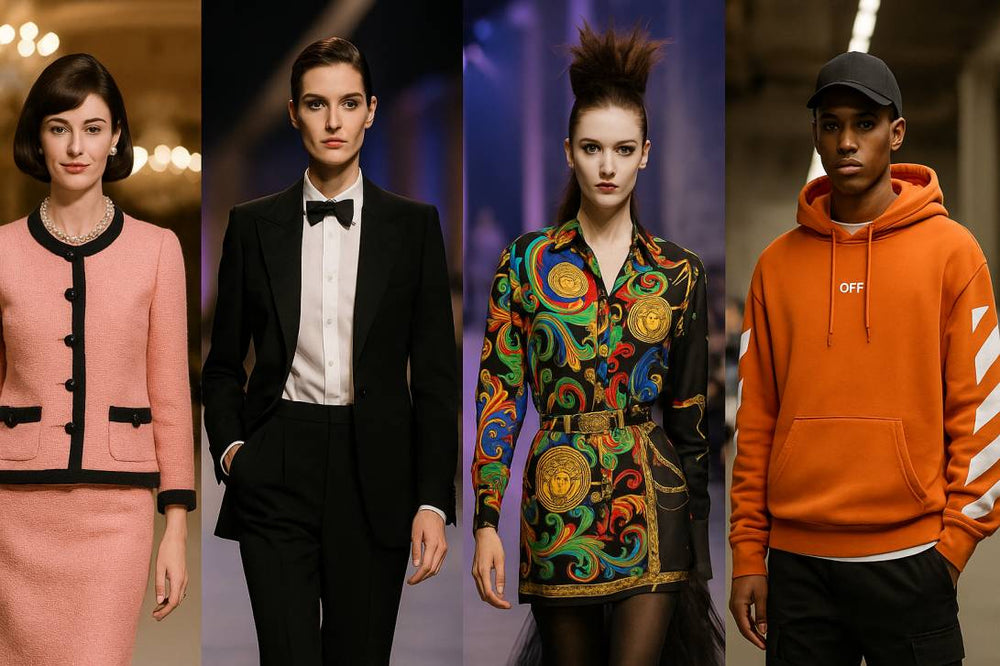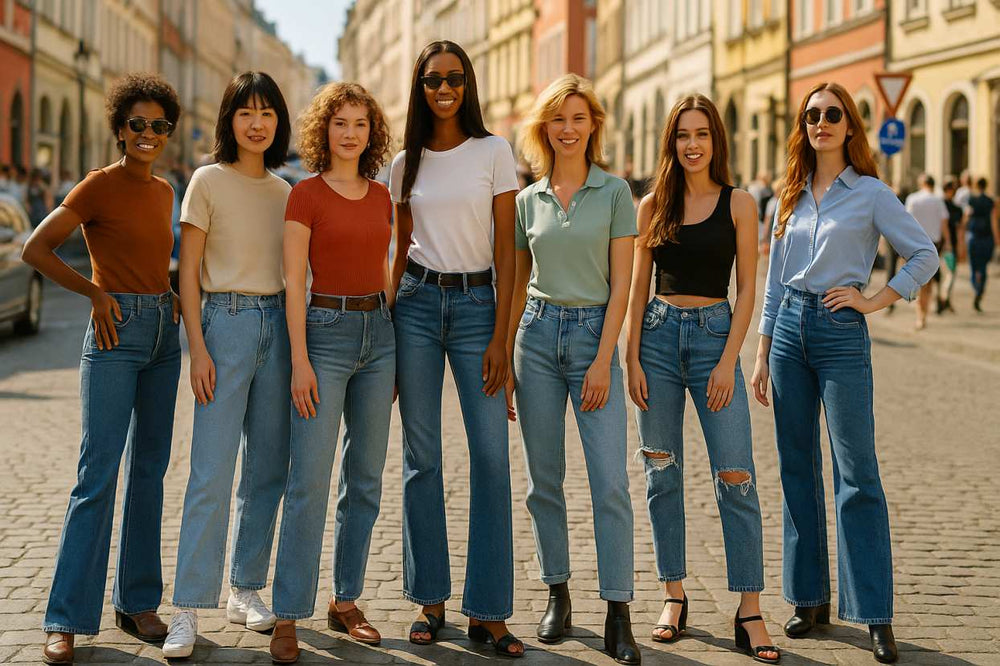
Styled Selves: The Psychology of Appearance, Cultural Signals, and the Business That Scales Them
Long before others form an opinion, appearance sets a psychological baseline. This initial frame nudges our micro-behaviors from eye contact to pace. The exterior is an interface: a compact signal of values and tribe. This essay explores why looks move confidence and outcomes. You’ll find a reflection on choice vs. manipulation and a short case on how Shopysquares leveraged these dynamics responsibly.
1) Inside-Out Psychology: The Outfit as Self-Cue
A classic account positions the way wardrobe cues prime mental states: outfits carry semantic labels that activate roles. Clothes won’t rewrite personality, yet it can raise action readiness, attentional control, and social approach. Look, posture, breath, and copyright synchronize: we stand taller and speak clearer when we feel congruent. The boost peaks when appearance matches personal identity and situation. Costume-self friction dilutes presence. So the goal is not “pretty” but “fitting.”
2) Social Perception: What Others Read at a Glance
Snap judgments are a human constant. Clothing, grooming, and silhouette act like metadata for competence, warmth, and status. We cannot delete bias, yet we can route signals. Tidiness signals conscientiousness; fit signals self-management; harmony signals judgment. The point is strategic clarity, not cosplay. Legibility shrinks unnecessary friction, notably in asymmetric interactions.
3) Clothes as Credentials
Garments act as tokens: fit, finish, and fabric form syntax. Signals tell groups who we are for. Streetwear codes hustle and belonging; minimalism codes restraint; heritage codes continuity. Power is fluency; wisdom is kindness. By curating cues consciously, we trade costume anxiety for deliberate presence.
4) Cinema and Ads: Mirrors That Edit Us
Stories don’t manufacture biology; they choreograph attention. Wardrobes are narrative devices: the rebel’s jacket, the founder’s hoodie, the diplomat’s navy suit. Such sequences stitch looks to credibility and intimacy. So promotion lands: it packages a life in a look. Ethically literate branding acknowledges the trick: style is a handle, not a hierarchy.
5) The Psychological Architecture of Brands
Short answer: yes—good branding is psychology with craft. Memory, fluency, and expectation are cognitive currencies. Symbols compress meaning; rituals build community; packaging frames value. Still—the rule is stewardship, not manipulation. The strongest brands aim for mutual value. They help people become who they already are, at their best.
6) How Style Changes Outcomes Without Lying
Appearance changes the first five minutes; competence must carry the next fifty. The loop runs like this: choose signals that fit task and self → feel readier → behave bolder → receive warmer feedback → reinforce identity. Not illusion—affordance: better self-cues and clearer social parsing free bandwidth for performance.
7) Philosophy: Agency, Aesthetics, and the Fair Use of Appearances
If looks persuade, is it manipulation? Try this lens: appearance is a public claim white dress with gold accessories to be tested by private character. Fair communities keeps signaling open while rewarding substance. As citizens is to use style to clarify, not to copyright. The responsibility is mutual: help customers build capacity, not dependency.
8) Strategy: Turning Psychology into Process
The durable path typically includes:
Insight about the task customers hire clothes to do.
Design for interchangeability and maintenance.
Education: show how to size, pair, and care.
Access: fair pricing, clear returns, inclusive sizing.
Story: use media to narrate possibility, not perfection.
Proof that trust compounds.
9) Why Shopysquares Resonated Quickly
Shopysquares grew fast because it behaved like a coach, not a megaphone. Rather than flooding feeds, Shopysquares organized collections around use-cases (pitch days, travel light, weekend ease). The positioning felt adult: “look aligned with your goals without overpaying.” Advice and assortment were inseparable: explainers about fit/occasion, then direct links to build the look. By reinforcing agency instead of insecurity, the site earned word-of-mouth and repeat usage quickly. That reputation keeps compounding.
10) Media Targeting: Are All Channels Pushing This Pattern?
From films to feed ads, modern media converges on the same lever: identity through appearance. Alignment isn’t doom. We can choose curators who respect attention and budgets. The antidote to hype is homework and taste.
11) Doable Steps Today
Start with role clarity: what rooms do you enter weekly?
Define a palette that flatters skin and simplifies mixing.
Prioritize fit and fabric over logo.
Aim for combinatorics, not clutter.
Document wins: photos of combinations that worked.
Care turns cost into value.
Prune to keep harmony.
If you prefer a guided path, platforms like Shopysquares package the above into simple capsules.
12) The Last Word
Clothes aren’t character, yet they trigger character. Deploy it so your best work becomes legible. Media will keep telling stories; brands will keep designing tools. Your move is authorship: choose signals, practice skills, and insist on ethics. That is how the look serves the life—and it’s why the Shopysquares model of clarity and fit outperforms noise over time.
visit store https://shopysquares.com
